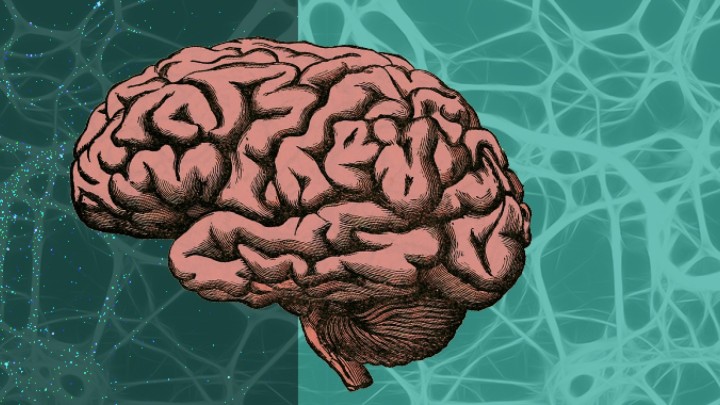Mouse Model of Parkinson's in the News

Researchers in the Brain Mechanism for Behaviour Unit uncovered abnormal brain activity patterns that may contribute to the symptoms of Parkinson's disease. Parkinson’s disrupts the basal ganglia, a set of nuclei that relays information from the wrinkled cortex to brain areas important for movement control. A nucleus known as the striatum acts as the primary input hub for the entire structure. The new research, published online on January 30, 2019 by the European Journal of Neuroscience, suggests that the striatal neurons’ normal pattern of activity warps when the cells are starved of dopamine.
The researchers were able to recreate this abnormal activity in mice by stimulating their neurons, optogenetically. When exposed to continuous light, the neurons behaved as they would in a parkinsonian model and the mice themselves began turning in one direction, over and over. When stimulated with pulsed light, the activity of the animal's brain activity appeared normal and they were able to turn the other direction.
Read the full story here.
Media coverage:
- Parkinson's News Today
- Science Daily
- Scienmag
- Bright Surf
- Medicine News Line
- Tunis Daily News
- Neuroscience News
- BioPortfolio
- MedicalXpress
- News Medical
- Medicalnewser
- Science Codex














